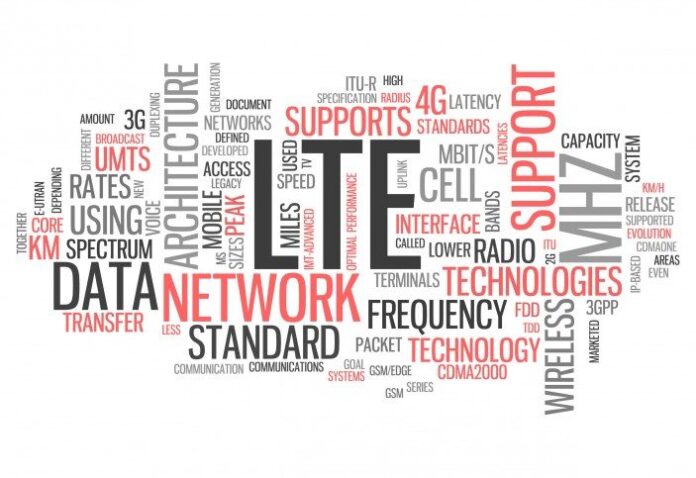Paving the way for 5G, LTE Advanced is the next advancement in the long-term evolution of cellular technology. With a rapidly maturing device ecosystem, LTE Advanced is driving many operators to invest heavily.
A new report by the Global mobile Suppliers Association found that 64 operators have commercially launched LTE Adavanced in 39 countries.
Carrier aggregation, the first technology in the LTE Advanced ecosystem to offer high-peak data rates and higher capacity for bursty applications, is a major factor driving investment. The study found around 30% of LTE operators are at various stages of carrier aggregation deployment.
The technology also supports Category 6 user devices, which 3GPP defines as covering the range above 150 Mbps up to 300 Mbps downlink data throughput, and 50 Mbps on the uplink, are supported by most LTE Advanced deployments.
According to the study, there are currently 52 commercially launched Category 6 systems. Thirty of them support the maximum 300 Mbps theoretical peak downlink speed.
The systems are currently used in 20 countries including Australia, Austria, Belgium, Estonia, Finland, Germany, Greece, Hong Kong, Jersey, Norway, Portugal, Romania, Russia, Singapore, Slovenia, South Korea, Spain, Switzerland, UAE and the U.K.
“Over 80% of commercial LTE Advanced systems support Category 6 devices,” Alan Hadden, VP of Research at GSA, said. “A further 38 Category 6 LTE-Advanced systems are in deployment, trial or test phase. It means a total of 90 Category 6 systems are commercially launched, in deployment, trial phase or being tested, representing almost a quarter of all commercially launched LTE networks.”
Overall, there are 11 Category 4 deployments, which reach up to 150 Mbps peak theoretical downlink data throughput, 52 Category 6 deployments and 1 category still to be confirmed.
In another release, GSA reported almost 30% of all LTE devices support Category 4 and 6 devices, which are composed of small cells, routers, MiFis, smartphones and tablets.
GSA also found that 13 Category 9 systems capable of a theoretical peak downlink speed up to 450 Mbps, are in the deployment, trial or test phase in Angola, Australia, Finland, Japan, Portugal, Qatar, Turkey, South Korea, Switzerland, UAE and the U.K.

